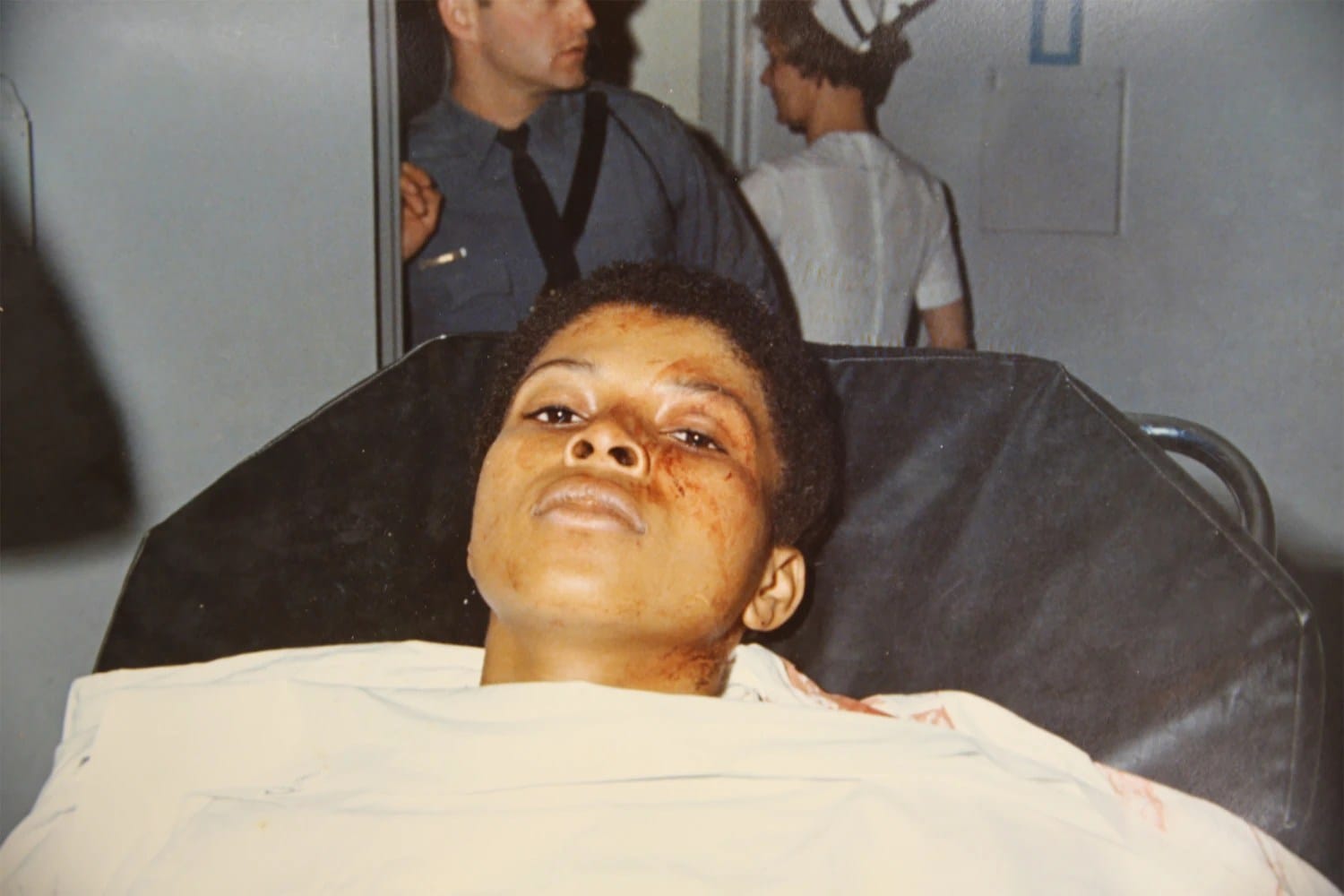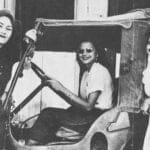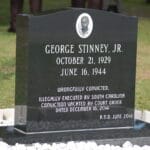Joanne Chesimard, better known as Assata Shakur, remains a figure shrouded in controversy. Her life story intertwines with themes of racial injustice, political activism, and violent resistance, making her a polarizing figure in American history. Was she wrongly accused or a cold-hearted killer? This article delves into the complexities of her case, exploring the events that led to her conviction, her daring escape from prison, her life in exile, and her enduring legacy.
From Activist to Convicted Killer: The Early Years and the Turnpike Shootout
Born Joanne Deborah Byron in 1947, Chesimard’s life was deeply intertwined with the Civil Rights Movement and the rise of Black Power. Her involvement in activist organizations, including the Black Panther Party and later the Black Liberation Army (BLA), placed her at the forefront of a turbulent era in American history.
The BLA, categorized by some as a terrorist organization, advocated for armed resistance against what they perceived as a systemically racist state. This ideology set the stage for the fateful encounter on the New Jersey Turnpike in 1973 that irrevocably altered the course of Chesimard’s life.
On May 2nd, 1973, Chesimard, along with Zayd Malik Shakur and Sundiata Acoli, were pulled over for a broken taillight. The routine traffic stop escalated into a chaotic shootout, resulting in the death of Trooper Werner Foerster and Zayd Malik Shakur.
Chesimard, wounded during the shootout, was apprehended and charged with Foerster’s murder. Her trial, spanning several years, was highly controversial, marked by accusations of prosecutorial misconduct and racial bias.
In 1977, she was convicted of first-degree murder, attempted murder, and other charges related to the shootout and sentenced to life imprisonment. The prosecution argued that ballistic evidence proved Chesimard fired the fatal shots, while the defense maintained her innocence, claiming self-defense and pointing to inconsistencies in the state’s case.
A Daring Escape and Life in Exile: The Making of a Revolutionary Icon
In 1979, two years into her life sentence, Chesimard orchestrated a daring escape from the Clinton Correctional Facility for Women in New Jersey. Three armed accomplices, posing as visitors, overpowered guards and helped Chesimard escape. Taking a hostage, she and the others fled in a waiting vehicle.
After a period of hiding in safe houses, believed to be organized by BLA members, Chesimard successfully evaded capture and resurfaced in Cuba in 1984. The circumstances of her flight from the U.S. remain unclear. Some accounts suggest she traveled through Mexico or Canada, while others speculate about a boat journey to the Caribbean.
Granted political asylum by the Cuban government, Chesimard, now adopting the name Assata Shakur, became a symbol of resistance for some and a fugitive from justice for others. Her autobiography, published in 1987, further fueled these contrasting narratives. The book, while offering her perspective on the events of 1973 and her subsequent escape, also provided insights into her radicalization and cemented her status as a controversial figure.
The FBI’s Hunt and Renewed Calls for Justice: A Case That Continues to Resonate
Chesimard’s escape and subsequent asylum in Cuba strained relations between the U.S. and Cuba. The FBI, placing a $2 million bounty on her head in 2013, designated her as the first woman on its Most Wanted Terrorists list. Despite numerous attempts to extradite her, Cuba has steadfastly refused, maintaining her status as a political refugee.
The case garnered renewed attention in 2022 when Sundiata Acoli, her co-defendant in the 1973 shootout, was released on parole after serving nearly five decades in prison. Acoli’s release reignited calls for Chesimard’s extradition and sparked fresh debates surrounding the events of 1973.
Adding another layer to the story, Chesimard’s familial ties to Tupac Shakur, the iconic rapper and actor, further cemented her place in American consciousness. As Tupac’s step-aunt and godmother, she played a significant role in shaping his worldview and heavily influenced his music, which often addressed themes of social injustice, police brutality, and resistance.
A Legacy Marred by Violence and Unanswered Questions
Joanne Chesimard, a.k.a Assata Shakur, remains a lightning rod for controversy. While some view her as a revolutionary hero — a victim of a racist and oppressive system — others see her as a dangerous criminal who escaped justice.
Her case continues to trigger heated debates about race, justice, and the use of violence in pursuit of political change. The passage of time has done little to diminish the raw emotions surrounding the events of 1973, leaving many questions unanswered and a legacy forever marked by tragedy and division.
Do you have any information about John Franzese Jr.? You can find more information about the topic on the link.
- SYBAU See You Baby Meaning: Gen Z Slang Evolves - July 1, 2025
- Unlock Your Inner Youth: Lifestyle Secrets for a Vibrant Life - July 1, 2025
- Decode SYBAU Meaning: Gen Z Slang Explained - July 1, 2025






